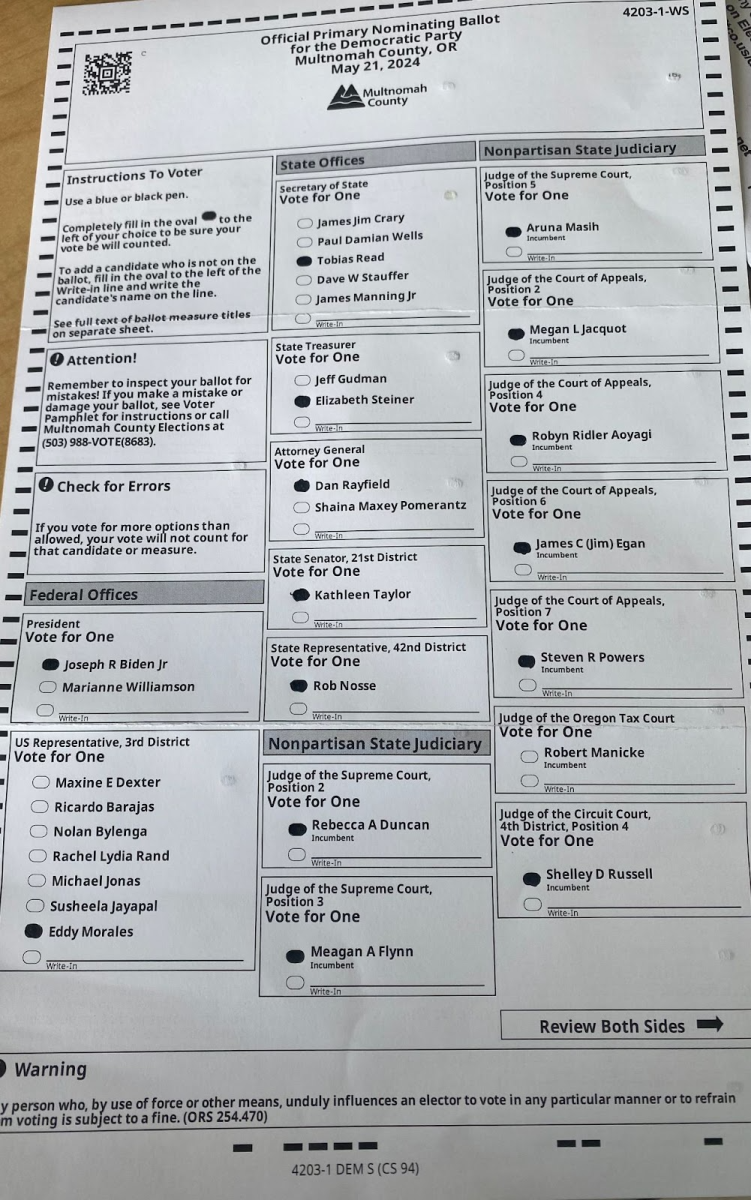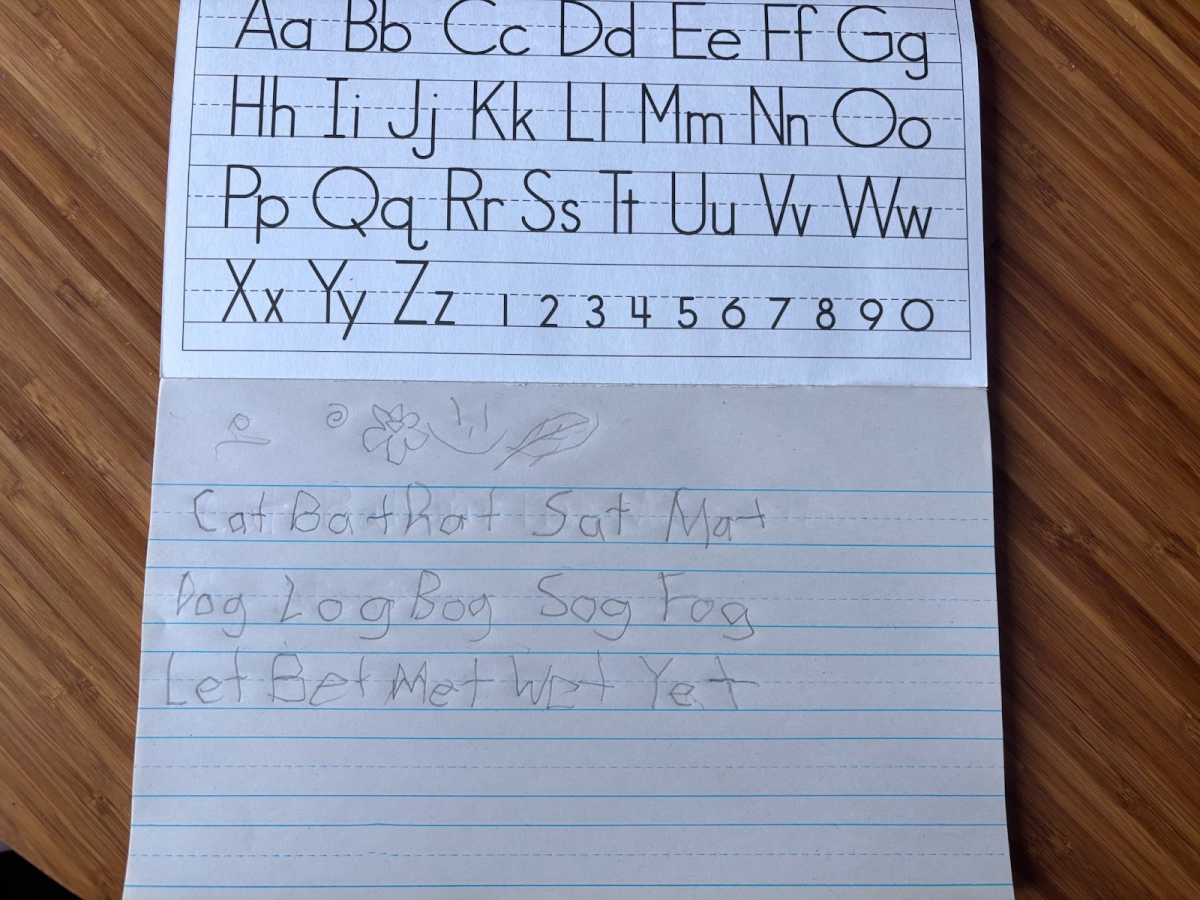Disclaimer: This article uses the term “sex” synonymously with gender in order to match the language used in the Constitution and the proposed Equal Rights Amendment. The author realizes that sex and gender are different and that they are not binary. Though the ERA uses “sex” it would ensure protection from discrimination against gender and sex.
In total, American women who are employed full-time lose close to $930 billion a year as a result of the wage gap, according to calculations done by the National Partnership for Women & Families. Individual laws, like the Equal Pay Act (passed in 1963), can’t combat gender discrimination on such a broad level. Laws provide too many limitations and loopholes and are far easier to repeal than amendments. The Equal Rights Amendment (ERA) is a stronger way to prevent gender discrimination and would set a standard for gender discrimination cases further ensuring that women’s rights are not infringed upon. It would force courts to apply “strict scrutiny” to such cases. If someone alleged a law or other government action discriminated against them on the basis of sex, then the government would have the responsibility of proving the claim wrong. Sex is currently classified under “intermediate scrutiny,” a division created solely to separate women from other minority groups. Under intermediate scrutiny the government still has the burden of proof, but strict scrutiny requires them to supply more evidence and is more effective in preventing discrimination.
The ERA is a proposed amendment to the U.S. Constitution that seeks to end all forms of sex discrimination. According to Franklin High School government teacher Kimberly Livesay, it works mainly as a symbolic argument to “define and get women equal status.” The first section states: “Equality of rights under the law shall not be denied or abridged by the United States or by any state on account of sex.” For example, this could look like preventing gender discrimination in hiring practices. Section two says, “The Congress shall have the power to enforce, by appropriate legislation, the provisions of this article.” This means Congress would have the ability to make laws to sustain the other sections of the ERA. The third and final section adds, “This amendment shall take effect two years after the date of ratification.” Once 38 states have ratified the ERA there will be a two-year waiting period and then it must be upheld as federal law.
The ERA has been a topic in every session of Congress since it was first introduced in 1923 by women’s rights activist, Alice Paul. In 1972 the ERA was passed by both the U.S. Senate and House of Representatives and went to the states for ratification with a seven-year deadline. By 1977, only 35 out of the 38 states needed (three-fourths majority) had ratified it and Congress extended the deadline to 1982. After the extended deadline passed, the ERA was no longer up for consideration and was regarded by many politicians and citizens as dead. The additional three states needed did not ratify the amendment until 2017 when Nevada became the 36th state to do so, with Illinois following suit in 2018, and Virginia in 2020.
However, the fight to protect women’s rights constitutionally is still very much alive, and multiple bills and resolutions to remove this deadline have been introduced by both parties. The main argument is that Article V of the Constitution, which discusses the amendment process, has no mention of a time limit, only stating that an amendment “shall be valid to all Intents and Purposes, as Part of this Constitution, when ratified by the Legislatures of three fourths of the several States.” The ERA has now met that requirement, and the two-year wait specified in Section 3 of the ERA has passed, but because of archivist David Ferriero’s refusal to publish it, it has not become part of the Constitution.
In a 2012 letter to Representative Carolyn Maloney, Ferriero said: “once NARA [National Archives and Records Administration] receives at least 38 state ratifications of a proposed Constitutional Amendment, NARA publishes the amendment along with a certification of the ratifications and it becomes part of the Constitution.” He also added that “a later rescission of a state’s ratification is not accepted as valid,” which dismantles the attempts by five states to rescind their ratifications.
This information suggests that he would be willing to certify the ERA, yet in 2020 a NARA press statement declared that they would defer to the Department of Justice (DOJ) decision that because the “deadline has expired, the ERA Resolution is no longer pending before the States.” Ferriero and the NARA’s decision to defer to an administration, led by a man who once said, in reference to women, “You can do anything. Grab ‘em by the pussy,” is beyond worrisome and is another symbol of the way women’s rights have not progressed as far as many think they have. Former President Trump’s comment shows the lack of accountability for men in power. Sexist ideals are still being incorporated into our government and legislation. However, there is hope, as before Ferriero’s retirement on April 30 he divulged during a panel that he told the White House they “better not hire another white male.” Debra Steidel Wall is Acting Archivist until a new archivist can be appointed by the US Senate. A female archivist might be more willing to publish the long overdue ERA.
Even with this evidence suggesting otherwise, opponents of the ERA believe that the amendment is unneeded as the Constitution presently and effectively prevents gender discrimination. They often reference the 14th or 19th amendments, which are meant to secure equal citizenship rights and voting rights respectively. Unfortunately, these don’t necessarily provide equality in all aspects of a woman’s life. Under the Constitution, women are guaranteed the right to vote and nothing else, and that wasn’t even true until the 19th amendment. An early example was Susan B. Anthony’s 1872 attempt to vote. She cited the 14th Amendment which is meant to ensure “equal protection of the laws,” yet was convicted and fined for voting illegally.
In fact, in 2011 during an interview with California Lawyer, a discontinued legal magazine, former Supreme Court Justice Antonin Scalia stated that when Congress proposed the 14th Amendment they didn’t believe that “anybody would have thought that equal protection applied to sex discrimination.” He continued on to say that it is an error to apply the 14th Amendment to such cases.
The other constitutional amendment often brought up when arguing against the necessity of the ERA is the 19th Amendment. The 19th Amendment is the only mention of sex anywhere in the Constitution, yet it does not necessarily prevent gender discrimination. It only attests that “The right of citizens of the United States to vote shall not be denied or abridged by the United States or by any State on account of sex.” In cases of wage gaps or other forms of sexism, women are not protected under the Constitution.
However, there are laws in place to prevent specific types of gender discrimination, and feasibly more could be passed. Scalia agrees, in the same interview he added that, “we have a thing called legislatures and they enact things called laws. You don’t need a constitution to keep things up-to-date.” In truth, it is not as simple as that. The Constitution has precedence over both federal and state laws. Furthermore, there is a long and arduous path a bill must travel along to become a law.
Someday women will get the equal rights they have so long been denied, but the ERA can make that someday today. Choose to be on the right side of history by educating yourself and advocating for it to be passed. Contact state legislatures to ratify it and pass other legislation to provide women with the legal support they need. Livesay says, “make noise, really, honestly, make noise.” The ERA is critical to the advancement of freedom and equal rights that the United States of America claims to be based upon.

































